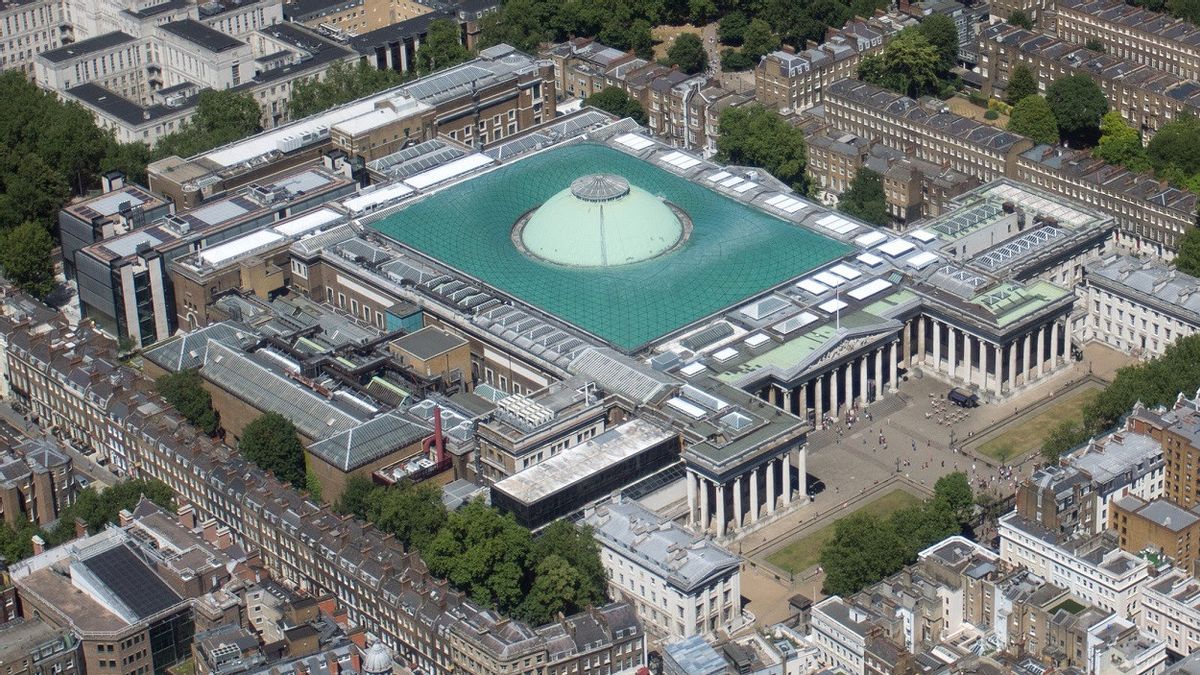
JAKARTA - The number of high historical artifacts lost from the British Museum, London, England is approaching 2,000 items with a value of millions of pounds.
Last week, one of the world's most famous museums revealed that they had taken legal action against unnamed staff members, who were later fired, after items from their collection were found missing, stolen or damaged earlier this year.
The museum has not disclosed how much of the stolen items, only saying they are "small pieces" including "gold and gem ornamentals from semi-gray stones and glasses dating from the 15th century BC to the 19th Century AD," as reported by The National News 22 August.
However, the amount of stolen goods is now believed to be "more than 1,000" items and "close to 2,000" with a value of up to "millions", according to The Telegraph.
The artifact has recently not been exhibited to the public and is stored in warehouses, mainly for research and academic work, the museum said.
The museum may never know exactly what was stolen because of its "arrangement in its inventory," the newspaper said.
An independent investigation has been launched and the matter is also being investigated by the Metropolitan Police's economic crime unit.
Source museums said the handling of the case by the directorate was "lay and incompetent" with the evidence provided to them being ignored.
Meanwhile, an antique expert reportedly told the museum three years ago that items from his collection were offered for sale on eBay, with one Roman object, worth between 25,000 (about $32,000) to 50,000 by traders, offered for only 40.
Independent review will be led by former directors of the Sir Nigel Boardman museum and Lucy D'Orsi, Britain's chief Transport police officer, who will "start" efforts to recover stolen items.
Separately, the British Museum declined to comment while police investigations continued.
The British Museum opened in 1759 and kept a number of contested artifacts, including the Elgin Kelereng, which British diplomat Lord Elgin transferred from the temple of Partion in Athens in the early 19th century, when Greece was under Ottoman rule.
관련 항목:
Another collection that attracted attention was Batu Rosetta, which was discovered in Egypt and dates back to around 200 BC. Found by French troops in 1799, but acquired by the UK under an agreement in 1802.
The only moment the stone was discovered to have left the British Museum was in 1917, during the First World War, when the rock was moved to a train tunnel to stay safe.
The 1963 British Museum law prohibits the institution from providing objects from its collection, except in very limited circumstances.
The English, Chinese, Japanese, Arabic, and French versions are automatically generated by the AI. So there may still be inaccuracies in translating, please always see Indonesian as our main language. (system supported by DigitalSiber.id)

















